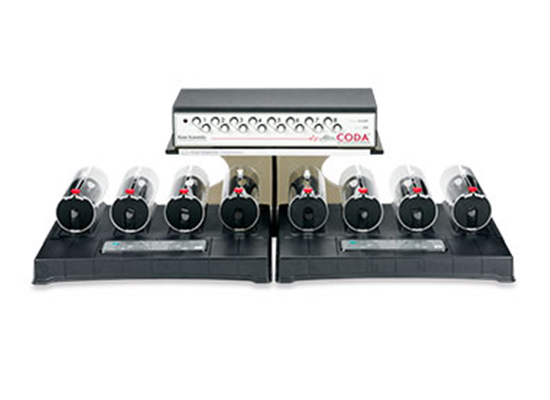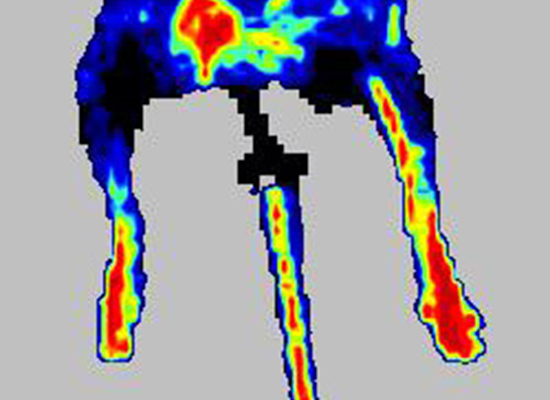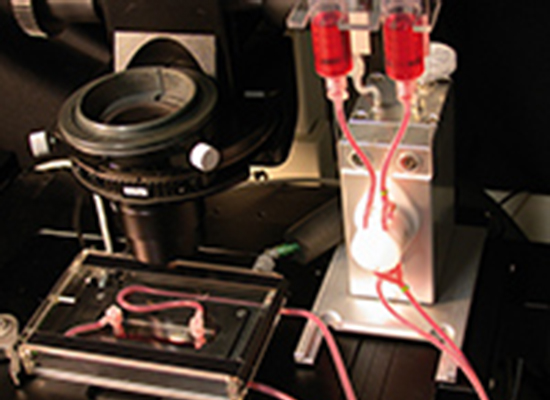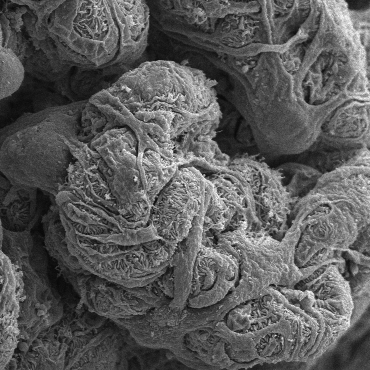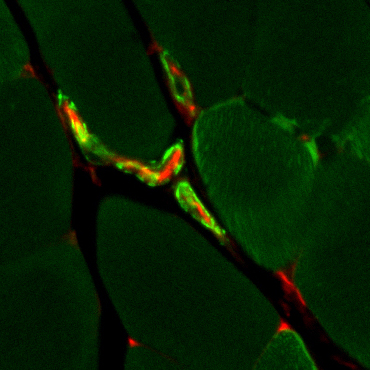In our different animal models, we have the capacity to evaluate renal function by measuring arterial pressure with the non-invasive tail-cuff system, glomerular filtration rate (GFR) and albuminuria (ELISA).
The structure and the integrity of the podocytes can be analyzed with transmission and scanning electronic microscopy in addition to histopathological analyses of the tubules and glomeruli.

